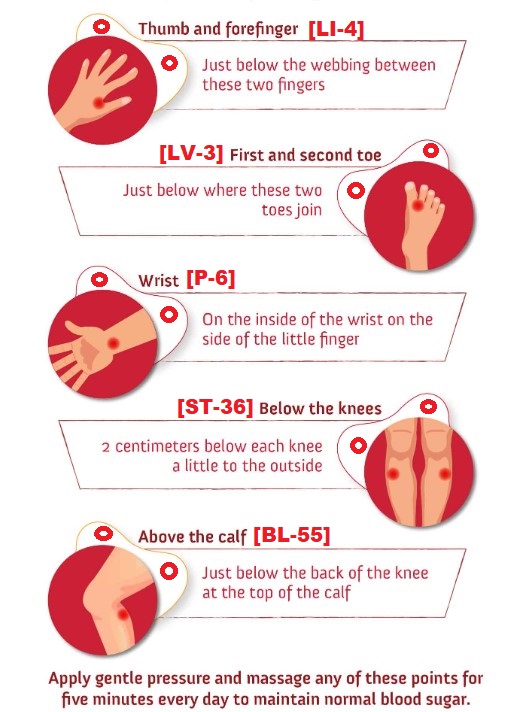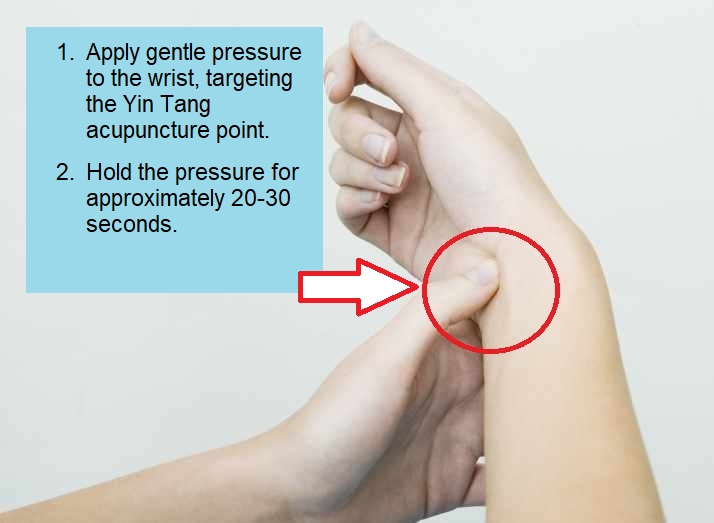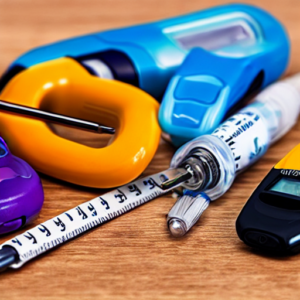The Pinch Method for Type 2 Diabetes: A Proven Strategy for Blood Sugar Management
Diabetes is a chronic condition that affects millions of people worldwide. It is characterized by high blood sugar levels, which can lead to various complications if not properly managed. There are several treatment options available for diabetes. Some individuals seek alternative methods to control their blood sugar levels. One such method is the Pinch Method, a traditional Chinese medicine treatment that has gained popularity in recent years. In this article, we will explore the Pinch Method for Type 2 Diabetes and how it can be a proven strategy for blood sugar management.
Understanding Type 2 diabetes
Before delving into the details of the Pinch Method, it is essential to have a basic understanding of Type 2 Diabetes. Type 2 Diabetes is a metabolic disorder characterized by insulin resistance and the inability of the body to produce enough insulin to regulate blood sugar levels effectively. This leads to elevated levels of glucose in the bloodstream, which can result in various health complications. Individuals with Type 2 Diabetes often experience symptoms such as increased thirst, frequent urination, fatigue, and blurred vision.
Exploring the Pinch Method for Type 2 Diabetes.
The Pinch Method, also known as a form of folk medicine, is a traditional Chinese medicine treatment. That has been used for centuries to manage various health conditions, including Type 2 Diabetes. This method involves applying pressure to specific points on the body to stimulate the release of insulin and regulate blood sugar levels. The Pinch Method primarily focuses on applying pressure to the wrist. Specifically, the Yin Tang acupuncture point, which is believed to correspond to the pancreas.
How to Perform the Pinch Method.
Performing the Pinch Method for Type 2 Diabetes is relatively simple and can be done by anyone with proper guidance. Here is a step-by-step guide on how to perform the Pinch Method:
- Find a quiet and comfortable space where you can relax and focus on the method.
- Sit or lie down in a relaxed position.
- Place your thumb and index finger of one hand just above the wrist of your other hand.
- Apply gentle pressure to the wrist, targeting the Yin Tang acupuncture point.
- Hold the pressure for approximately 20-30 seconds.
- Release the pressure and repeat the process several times.
- Perform the Pinch Method regularly, ideally daily, to maintain blood sugar levels.
The Benefits of the Pinch Method for Type 2 Diabetes.
The Pinch Method offers several potential benefits for individuals with Type 2 Diabetes. Here are some of the benefits that have been reported by individuals who practice this method:
- Blood Sugar Regulation: The Pinch Method is believed to help regulate blood sugar levels by stimulating the release of insulin and improving glucose metabolism.
- Easy to Perform: Unlike some complex treatments, the Pinch Method is simple and can be performed by individuals at home without any specialized equipment.
- Cost-Effective: The Pinch Method does not require expensive medications or therapies, making it a cost-effective option for managing blood sugar levels.
- Natural Approach: Many individuals prefer natural approaches to managing their health conditions. The Pinch Method aligns with this preference as it is a non-invasive and drug-free technique.
- Traditional Practice: The Pinch Method has been used for centuries in traditional Chinese medicine, and its longevity suggests that it may have some effectiveness in managing blood sugar levels.
- Complementary Treatment: The Pinch Method can be used alongside other conventional treatments for Type 2 Diabetes, enhancing overall blood sugar control.
Scientific Evidence and Research.
The Pinch Method for Type 2 Diabetes has been widely practiced and reported to have positive effects. It is important to note that scientific evidence supporting its effectiveness is limited. Most of the evidence available is anecdotal, based on individual experiences. However, there have been studies exploring the potential benefits of acupressure. A similar technique to the Pinch Method, in managing blood sugar levels.
A study published in the Journal of Alternative and Complementary Medicine. It examined the effects of self-acupressure on blood sugar control in individuals with Type 2 Diabetes. The study found that self-acupressure when performed correctly, resulted in improved blood sugar levels and increased insulin production. The specific acupressure points used in the study were Thumb and Forefinger [LI-4], First and Second Toe [LV-3], Wrist [P-6], Below the Knees [ST-36], and Above the Calf [BL-55].

While this study provides some evidence for the benefits of acupressure, further research is needed to determine the specific effects of the Pinch Method for Type 2 Diabetes. It is always recommended to consult with a healthcare professional before incorporating alternative treatments into your diabetes management plan.
Integrating the Pinch Method into Diabetes Management.
The Pinch Method can be integrated into a comprehensive diabetes management plan to enhance blood sugar control. Here are some tips for incorporating the Pinch Method into your daily routine:
- Consult with a Healthcare Professional: it is essential to consult with your healthcare professional, before starting any new treatment or technique. They can provide guidance and ensure that the Pinch Method is safe for you.
- Learn Proper Technique: To maximize the potential benefits of the Pinch Method, learn the proper technique from a trained practitioner or reputable source. Understanding the correct pressure points and duration of each pinch can improve its effectiveness.
- Consistency is Key: Like any treatment or technique, consistency is key to achieving results. Incorporate the Pinch Method into your daily routine and make it a habit to perform it regularly.
- Track Your Blood Sugar Levels: Monitor your blood sugar levels regularly. Assess the impact of the Pinch Method on your diabetes management. Keep a record of your readings and any changes you observe.
- Combine with Conventional Treatments: The Pinch Method should not replace conventional treatments for Type 2 Diabetes. It should be used as a complementary approach alongside medications, diet, exercise, and regular medical check-ups.
Additional Lifestyle Factors for Managing Type 2 Diabetes.
In addition to the Pinch Method, several lifestyle factors can significantly impact the management of Type 2 Diabetes. Here are some important considerations:
- Healthy Diet: Adopting a well-balanced diet that focuses is important. Whole foods, fruits, vegetables, lean proteins, and whole grains can help regulate blood sugar levels. Consult with a dietitian to create a personalized meal plan that suits your specific needs.
- Regular Physical Activity: Engaging in regular physical activity can improve insulin sensitivity and help maintain a healthy weight. Aim for at least 150 minutes of moderate-intensity exercise per week, or as advised by your healthcare professional.
- Medication Adherence: If prescribed medication for Type 2 Diabetes, ensure that you take it as directed by your healthcare professional. Adhering to medication regimens can significantly contribute to blood sugar control.
- Stress Management: Chronic stress can impact blood sugar levels. Incorporate stress management techniques such as mindfulness, meditation, or engaging in hobbies to reduce stress levels.
- Regular Medical Check-ups: Regular check-ups with your healthcare professional are essential for monitoring your overall health and diabetes management. They can provide valuable insights and make necessary adjustments to your treatment plan.
Conclusion.
The Pinch Method for Type 2 Diabetes may not have extensive scientific evidence supporting its effectiveness. It remains a popular alternative technique used by some individuals to manage blood sugar levels. Integrating the Pinch Method into a comprehensive diabetes management plan, along with conventional treatments and healthy lifestyle factors, may contribute to improved blood sugar control. Remember to consult with your healthcare professional before starting any new treatment. Technique and track your blood sugar levels regularly. By taking a proactive approach to diabetes management, you can work towards achieving optimal health and well-being.






